Diving Juno Wreck with turtles in Samoa was a unique experience. Getting up close and personal to underwater wildlife like this is just incredible
“You’ll either love it or find it extremely depressing,” reads the guidebook description of Satoalepai Turtle Sanctuary.
I’ve never been a huge fan of zoos and captive wild animals, so when I read about the chance to go diving Juno Wreck with turtles in Samoa at the sanctuary I decided to pass. Maybe I’d get a chance to see them in the wild…
Diving with turtles in Samoa
We were staying in Manase on the central north coast of Savai’i, Samoa’s second island after the main island of Upolu. The pace is even slower on Savai’i with fewer activities available for tourists.
I hadn’t put my PADI qualification to much use yet so I was extremely pleased to discover that there was a small dive outfit just up the road from our beach fales. Dive Savai’i is run by Olaf and Tina, a very friendly couple from Germany. Also, at ST$260 (£70) for a two-tank dive, it wasn’t going to break the bank.
Atlas & BOots
There were four of us diving Juno Wreck: Olaf as instructor, Alex, a PADI student, and Peter, a middle-aged experienced diver who would be my dive buddy for the day. The first dive of the day at Avao Bay was sadly unremarkable. Heavy rain overnight and lively morning surf meant that visibility wasn’t great.
The reef we navigated had also clearly suffered damage over the years. Crown-of-thorns starfish plague the reef causing damage and destruction to the fragile ecosystem. On several occasions, Olaf paused the dive so he could destroy one of them using his reef knife.
If the first dive was unremarkable, I must say the second was most definitely remarkable!
Diving Juno Wreck
Juno Wreck is the site of a three-mast missionary sailing ship which sunk in Lelepa Bay off the coast of Savai’i in 1881. We descended at the ship’s stern and worked our way along to the midship section.
Parts of the masts and deck are still recognisable and now home to colourful coral gardens and even more colourful reef fish including parrotfish and yellowtail snapper.
I spent my time darting in and out of the decaying beams and decking, enjoying the freedom given to a PADI certified diver. The qualification now means that I’m essentially responsible for myself underwater: unnerving yet very exciting. I was also now free to take my camera down with me.
On my previous dives, I had skills and tasks to complete and my instructors would quite rightly insist that I focused on those instead of snapping photos.
The big game for the day were, of course, the sea turtles. There are no guarantees when on safari for wildlife and underwater safaris are no different. So when Olaf gestured to us that there was a turtle ahead we all very excitedly swam over to catch a glimpse before it swam off.
We needn’t have worried. The turtle seemed largely nonchalant in our presence and, quite rightly, more concerned with eating. We were lucky enough to see another two specimens during the dive.
Shelling out for the PADI course back in Vanuatu has proved to be completely worthwhile. Discover dives are great fun, but the freedom and liberty that come with the qualification make the experience even better.
Getting up close and personal to underwater wildlife like sea turtles is just the icing on the cake. Diving Juno Wreck with turtles in Samoa was my first real independent diving experience and I loved it!
I look forward to plenty more to come.
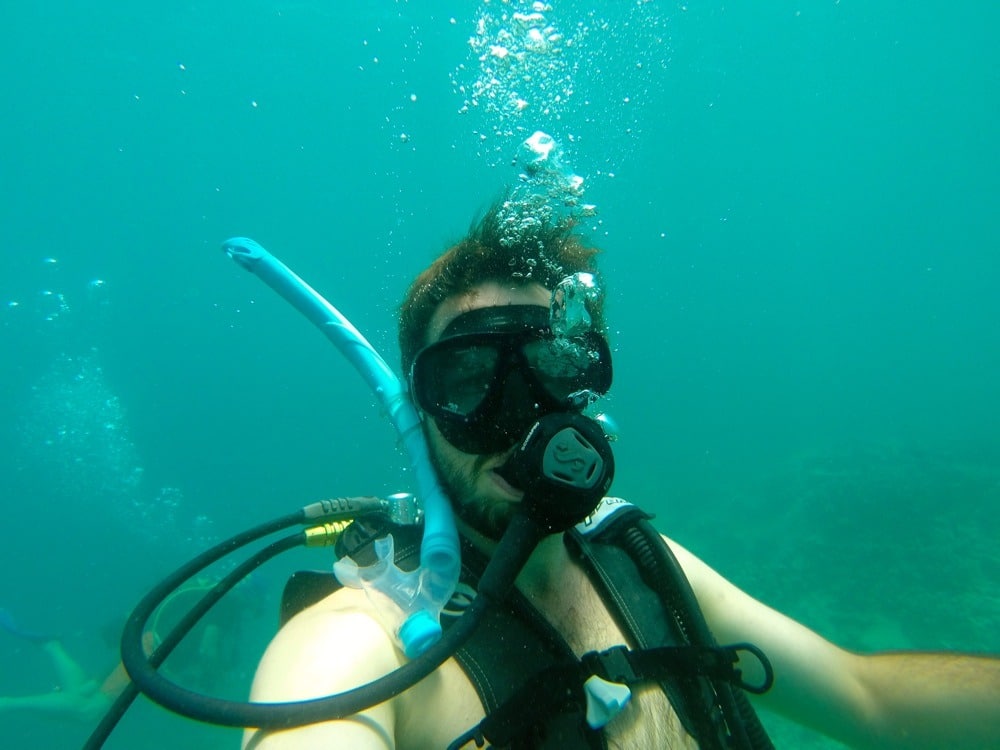
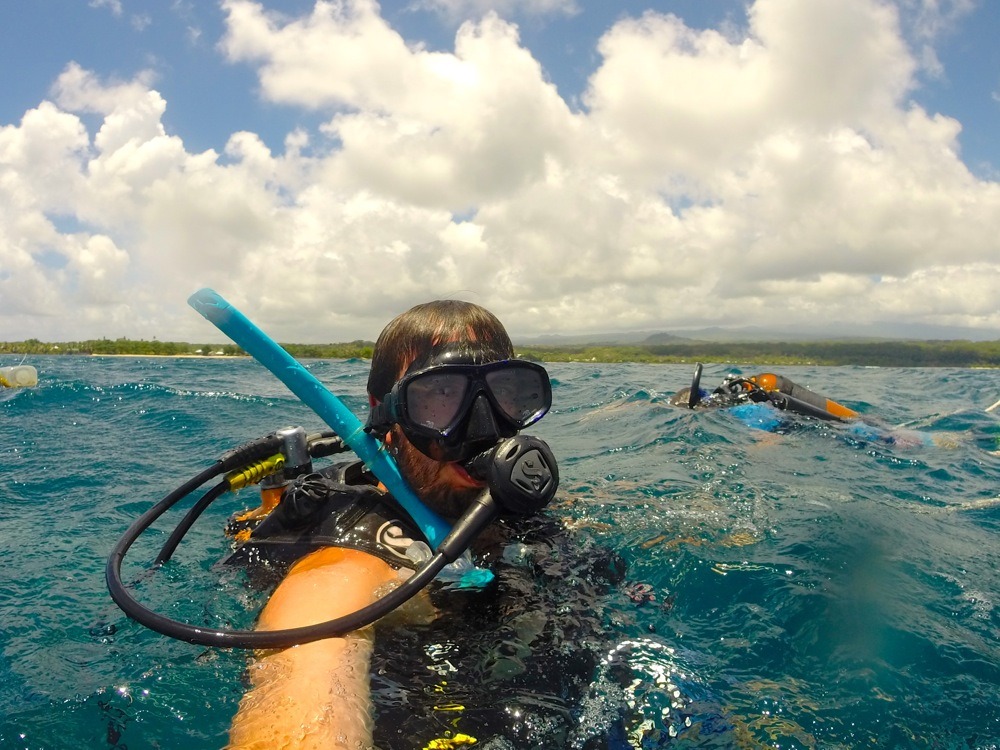
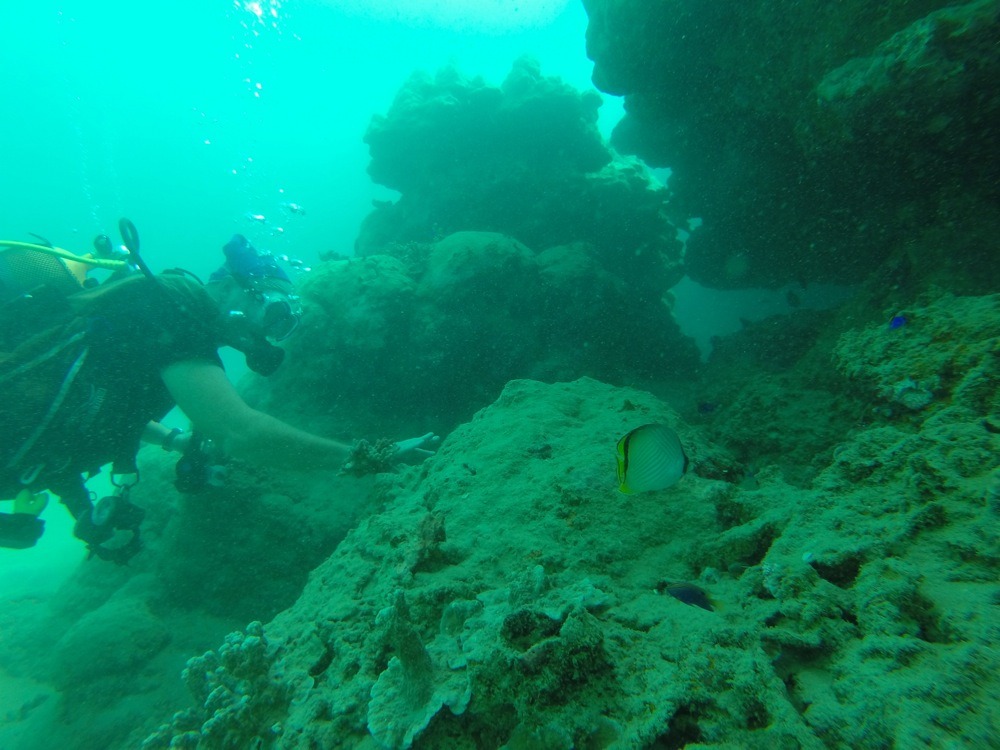
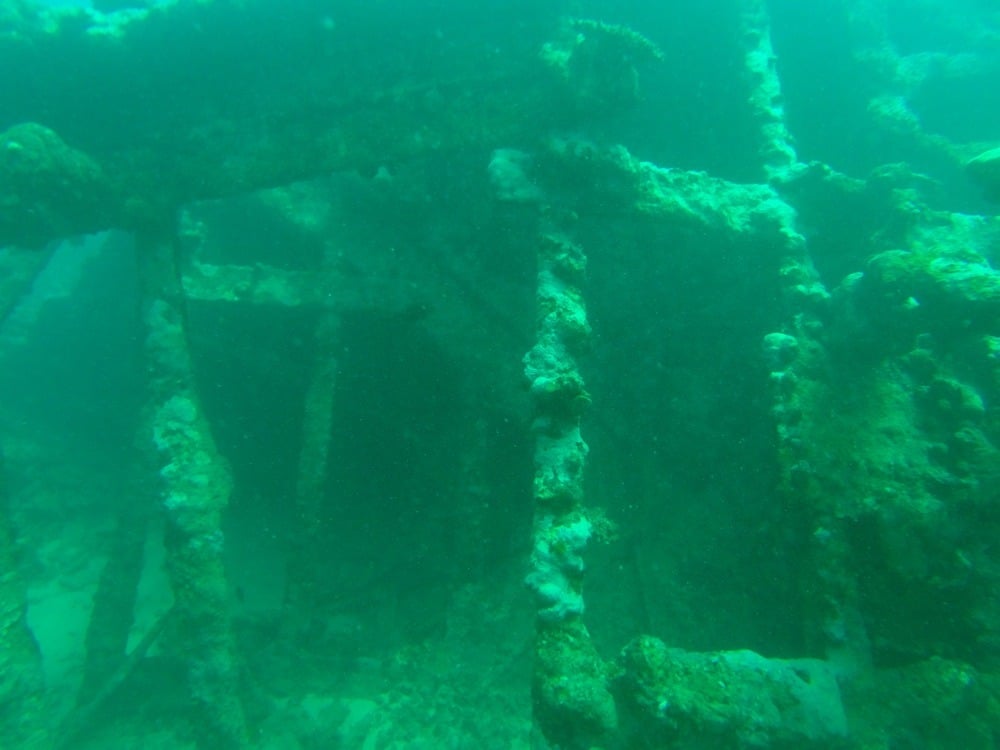
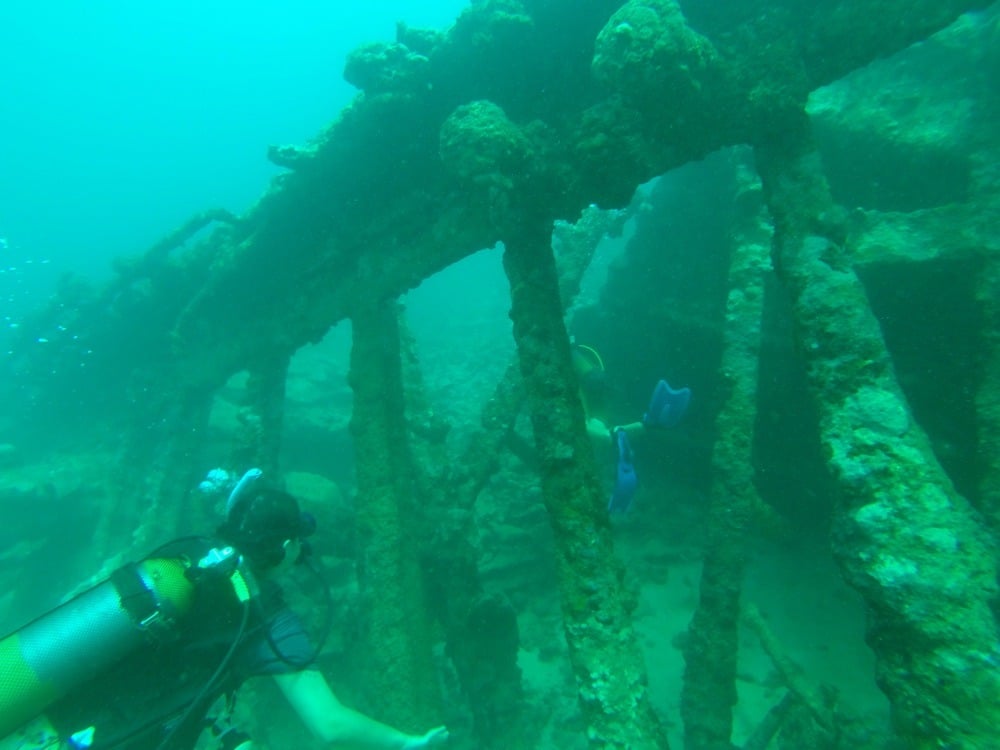
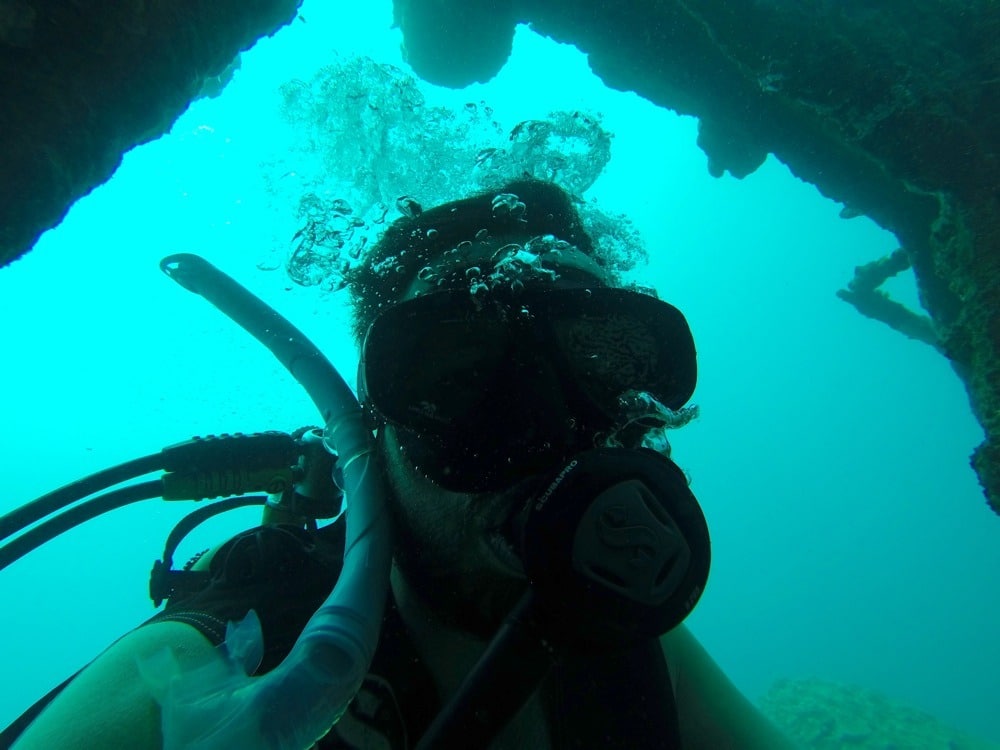
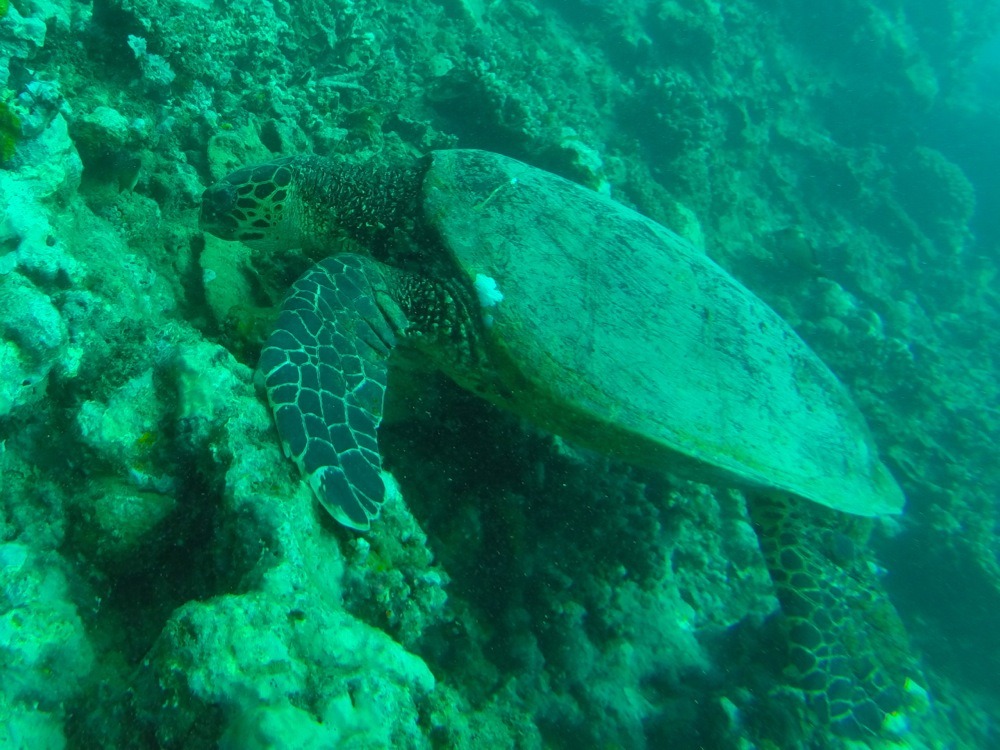
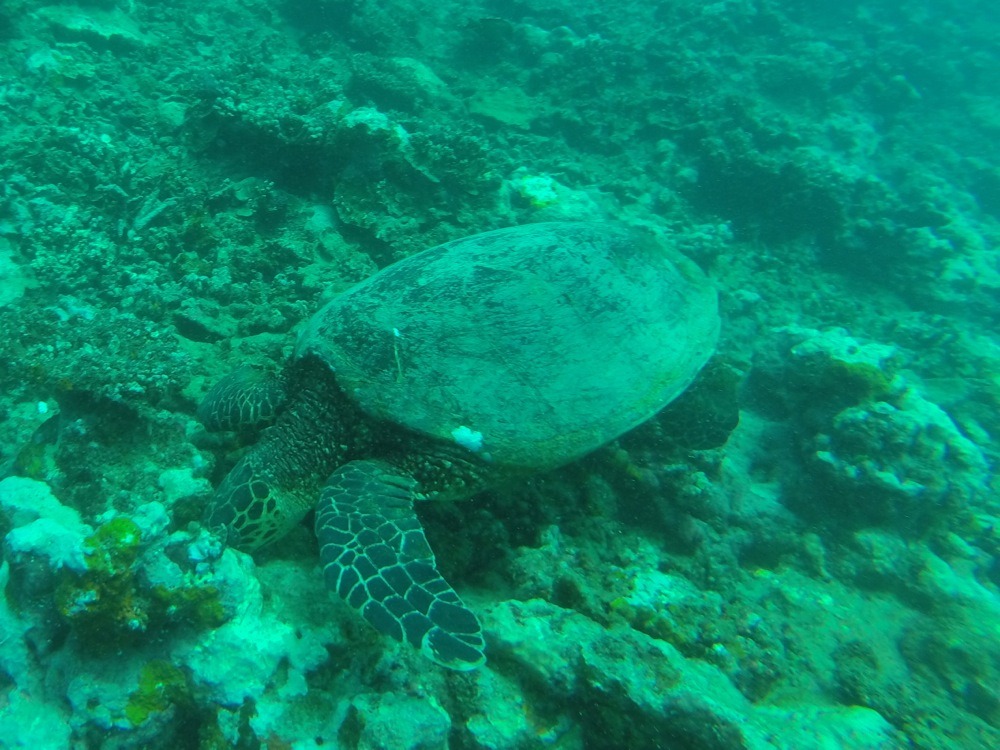
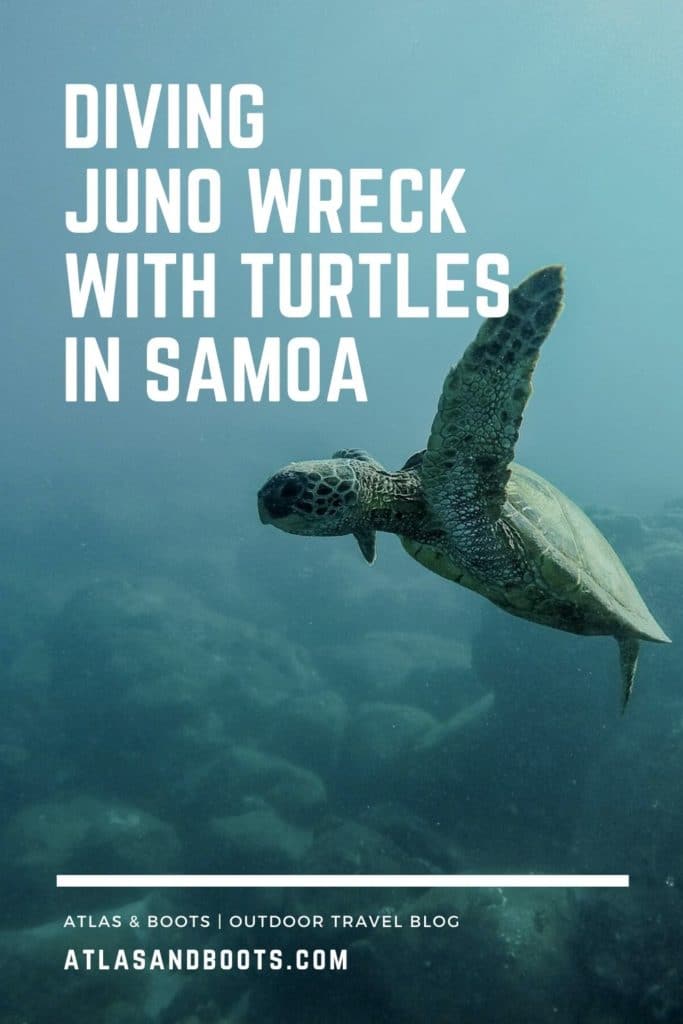
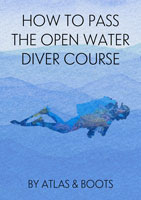
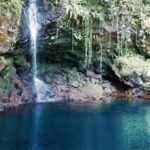
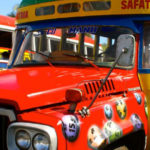
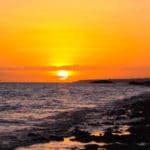
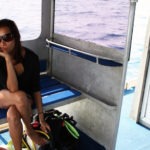






Comments are closed.